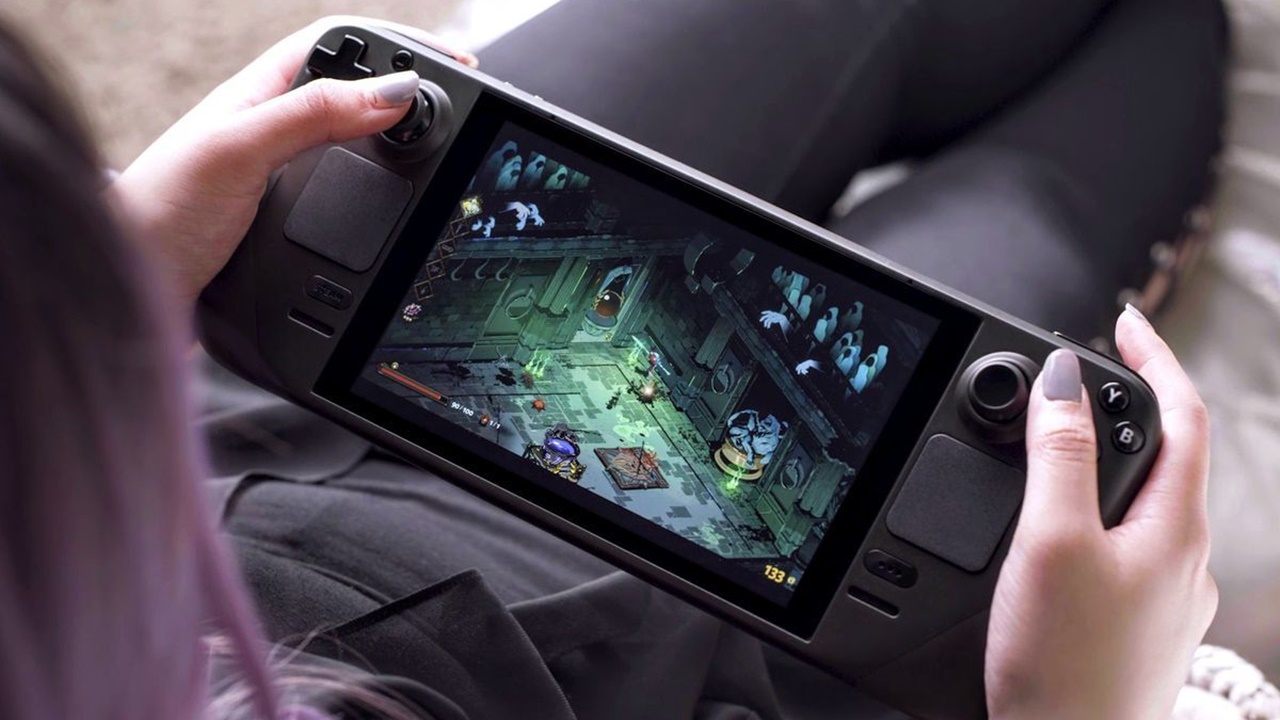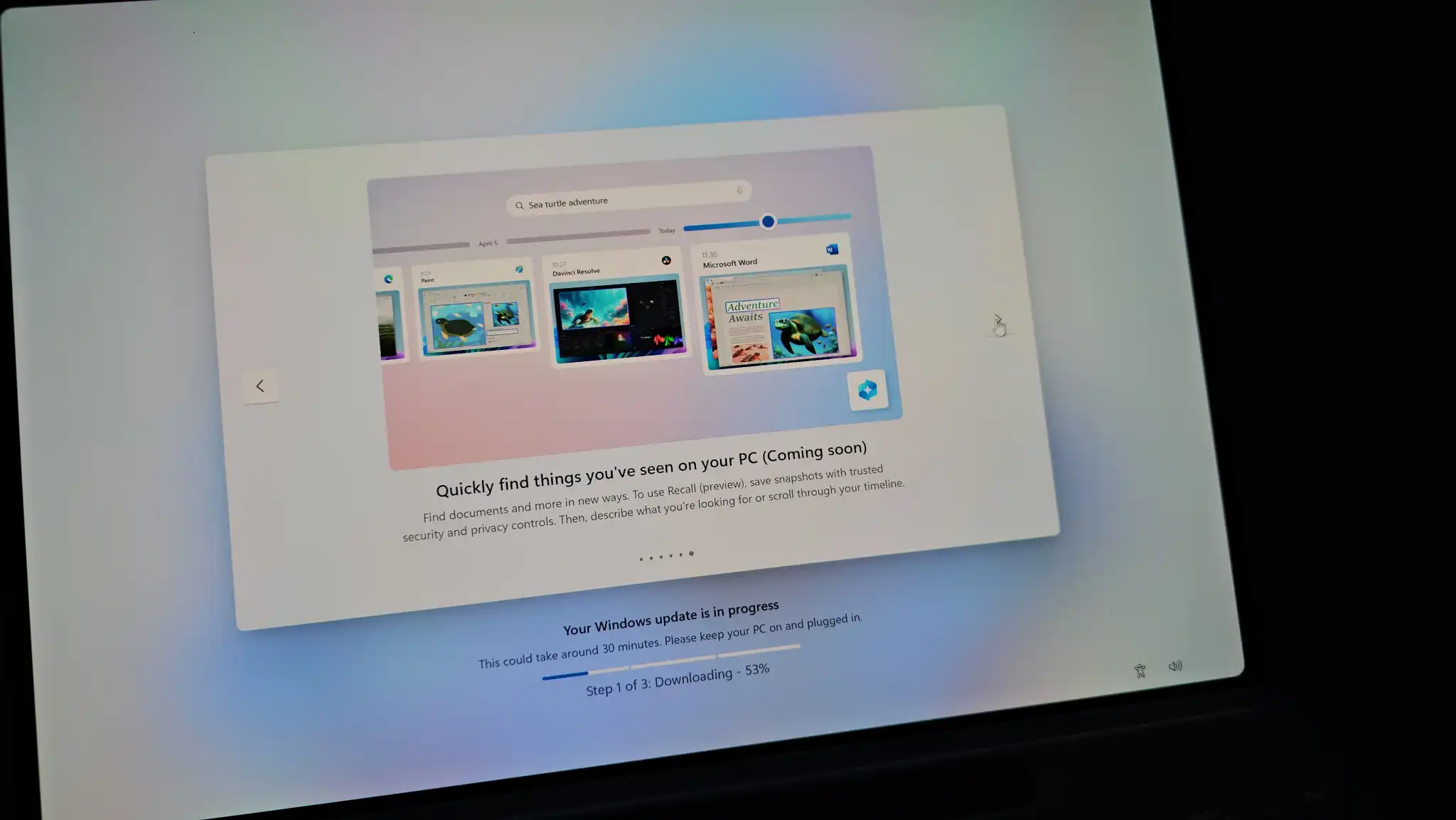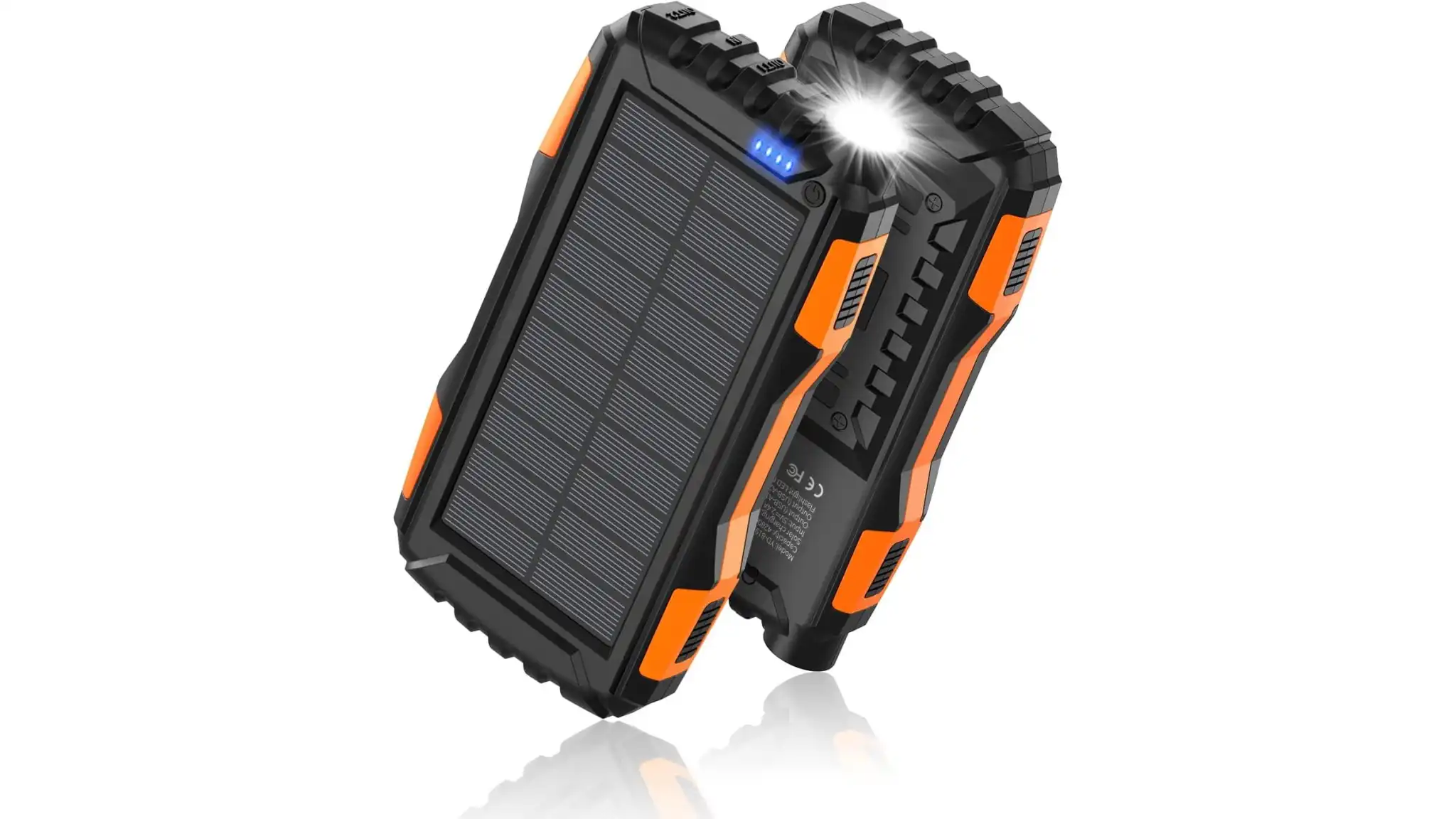
In the handheld gaming arena, the MSI Claw, Steam Deck, and Asus Ally share a common blueprint with identical dimensions and layouts. However, the subtle differences set them apart. The MSI Claw, for instance, distinguishes itself with hall effect thumbsticks and rear triggers, promising immunity to stick drift—an advantage over its rivals. Sporting double the rear-mounted modifier buttons and an extra dose of RGB on the ABXY buttons, the Claw aims for a unique aesthetic. Adam, during his hands-on experience, noted the Claw’s larger battery and a grip that surpasses the Ally, albeit not as deep as the Steam Deck.
When it comes to displays, both the ROG Ally and MSI Claw boast superior 1080p resolution screens compared to the Steam Deck’s 1280×800, even in its new OLED iteration. The Claw, in its non-final version, stands out with enhanced brightness and contrast, offering a visually appealing experience on its roughly 7-inch screen. Notably absent from the comparison is the Lenovo Legion Go, which steals the spotlight with its 8.8-inch QHD screen.
All three handhelds feature custom software for game management, launching, and control customization. However, the Steam Deck deviates with its Linux-based interface, courtesy of Valve. While both the ROG Ally and Claw run Windows natively, the Steam Deck relies on SteamOS, showcasing a unique approach to the user interface.
The most significant departure for the MSI Claw lies in its Intel hardware foundation, equipped with a Core Ultra 5 or Core Ultra 7 processor and integrated Arc graphics. This potentially positions the Claw for more power on paper compared to its AMD-powered counterparts, although the true prowess of Intel’s integrated graphics remains untested. The Intel architecture also grants the Claw access to Thunderbolt 4 through its USB-C port, opening up possibilities for enhanced external graphics and display options.




